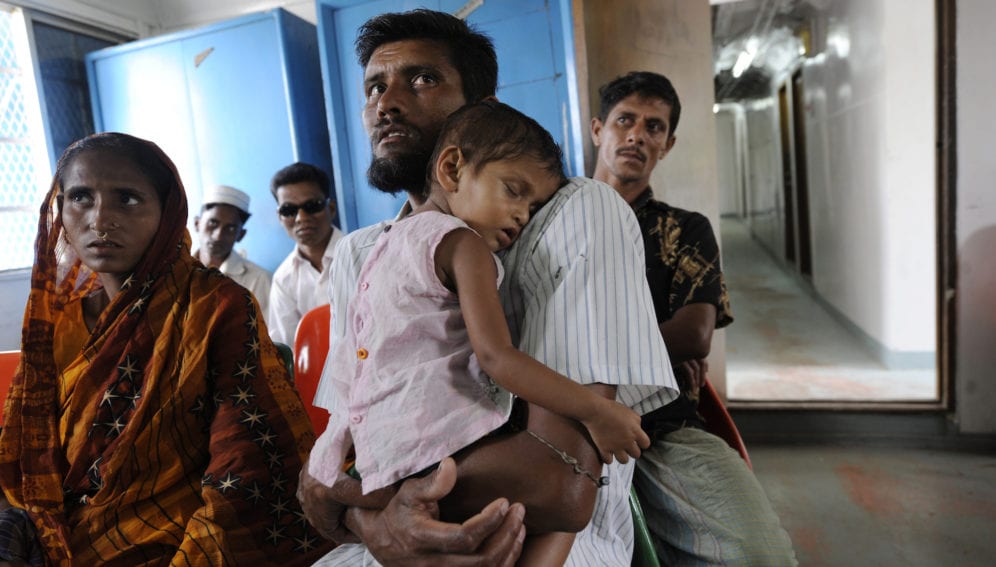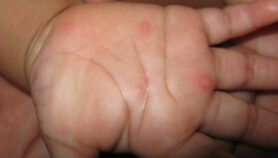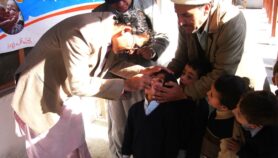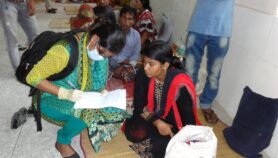By: Naimul Haq
Send to a friend
The details you provide on this page will not be used to send unsolicited email, and will not be sold to a 3rd party. See privacy policy.
[DHAKA] A new diagnostic technique to determine dehydration caused by diarrhoea in children is more reliable and accurate than existing methods, say scientists who were part of a US-Bangladesh team that developed it.
The DHAKA (acronym for Dehydration: Assess Kids Accurately) score was tested on 496 under-five children under a validation study and the results published in Lancet Global Health, last month (August).
According to the study, the DHAKA score is significantly better in performance than the current standard, the WHO’s Integrated Management of Childhood Illness (IMCI).
Adam Levine, principal investigator of the study and associate professor of emergency medicine, Warren Alpert Medical School, Brown University, tells SciDev.Net that the DHAKA score will “help doctors and nurses better diagnose children with dehydration from diarrhoea and improve their management.”
Levine said his team compared the DHAKA score with the IMCI algorithm and found the former significantly more accurate. “This means that if doctors or nurses use the DHAKA score to assess the degree of dehydration in children with diarrhoea, they will be right more often than if they use the WHO IMCI algorithm.”
Levine and co-scientists, including those from the International Centre for Diarrhoeal Disease Research, Bangladesh (icddr,b), originally derived the DHAKA score in 2014 when they statistically determined which clinical signs best determined dehydration severity. They included general appearance, breathing anomalies, skin pinch slackness and production of tears.The DHAKA score showed significant accuracy, sensitivity and specificity in identifying no dehydration, moderate dehydration or severe dehydration. The definitive measure was made by comparing a child’s weight before and after full rehydration.
For the newly published study, Levine and his team performed another set of tests and validated the DHAKA score by testing its predictive value on 496 children determined to be suffering from acute diarrhoea.
Nur Haque Alam of the icddr,b, who is also a co-author of the study, says the DHAKA score was particularly useful in identifying severe dehydration, because we “check for fewer parameters compared to the conventional method and in shorter time.”
Levine says follow-up research was needed to see if the DHAKA score is easier to use and more reliable than the WHO IMCI algorithm when used by nurses at rural health centres. “National and local health policy makers will need to review both diagnostic methods in order to determine which is best for a particular setting,” he says.
This piece was produced by SciDev.Net’s South Asia desk.














